Are you still not convinced a skin care routine that includes exfoliation will help prevent breakouts? Getting rid of dead skin cells and debris will help stop the cycle before it begins.
The Anatomy of a Pimple
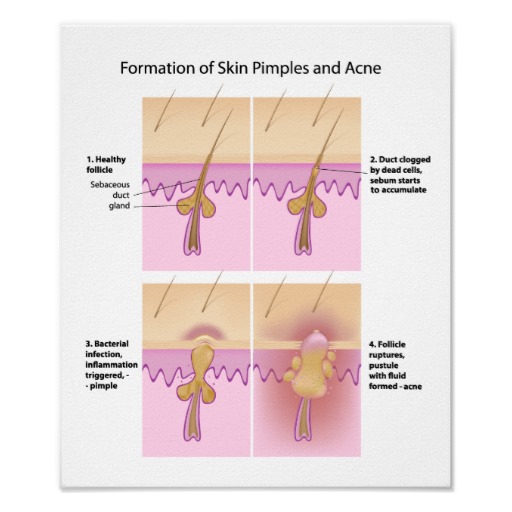

Are you still not convinced a skin care routine that includes exfoliation will help prevent breakouts? Getting rid of dead skin cells and debris will help stop the cycle before it begins.

Take a stroll down the skin care aisle at any major retailer and you will get a sense that exfoliating your skin is important.
Why has exfoliation become such an important part of our skin care routine? And what is the best method for your skin type?
The skin is comprised of four layers, the top layer includes dead and dying skin cells. In young, healthy skin, these dead cells flake off in a normal cycle of about 28 days.
As we age, or our skin becomes damaged by exposure to the elements, this normal cycle begins to slow. If these dead skin cells are allowed to remain on the face for a longer period of time, the skin begins to appear rough and dull. This excess skin can also clog pores and cause blackheads.
There are many exfoliation products on the market, most fall into one of these categories:
Physical: Anything that uses particles to removes dead skin cells. Scrubs, face brushes and microdermabrasion treatments are all physical exfoliators.
Enzyme: These products use an enzyme, usually derived from fruit, to dissolve the bonds that trap dead skin cells and slow the natural skin cell turn over. An enzyme exfoliator, usually in the form of a gel or cream, is left on the skin for a short period of time to allow it to penetrate.
Chemical: Anything that uses an acid to remove dead skin cells is a chemical exfoliator. Glycolic and salicylic are two of the most popular acids used in this manner. Professional chemical peels also fall into this category.
My favorite method of exfoliating at home on a regular basis (1-2 times per week) is an enzyme mask. Enzymes are more effective and predictable than scrubs and carry less of a chance of reaction than chemicals.
For best results, professional exfoliating treatments like chemical peels and microdermabrasion should be incorporated into your routine.
Consult a professional to determine the best course of treatment for your skin type. Many of my clients with combination skin and fear of aging have a session of microdermabrasion every 4-6 weeks and a light chemical peel 3-4 times a year.
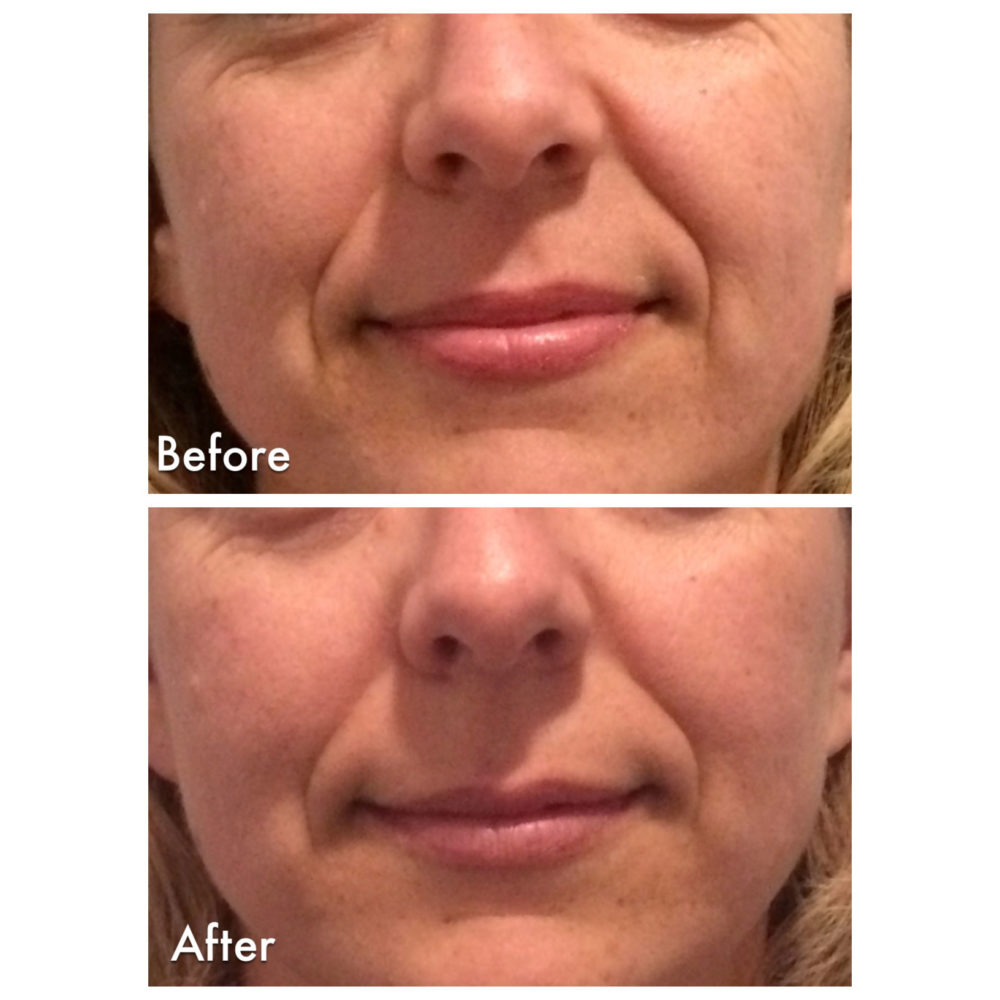
Every so often I look at my treatment menu and think “What more can I offer?”, then I recruit a friend to be my guinea pig and, most times, a new treatment is born!
My most recent “discovery” is the amazing combination of Dermaglow Microdermabrasion and Deep Skin Ionization. It’s the total package: resurfacing, anti-acne, anti-aging, firming and clarifying.
This combination of treatments is aggressive, I wouldn’t recommend it for sensitive skin types or immediately before a big event. It’s perfect for more resilient skin types who want to kick start a new skin care routine or need a pick me up after a busy summer. The Before and After photo above shows the results of a series of 6 treatments, spaced 2 weeks apart and paired with a home care routine. If you want to determine whether this treatment is good for you, drop me an email hannahsowd@hannahsowd.com and we can discuss your options. If you ready to book, go here!
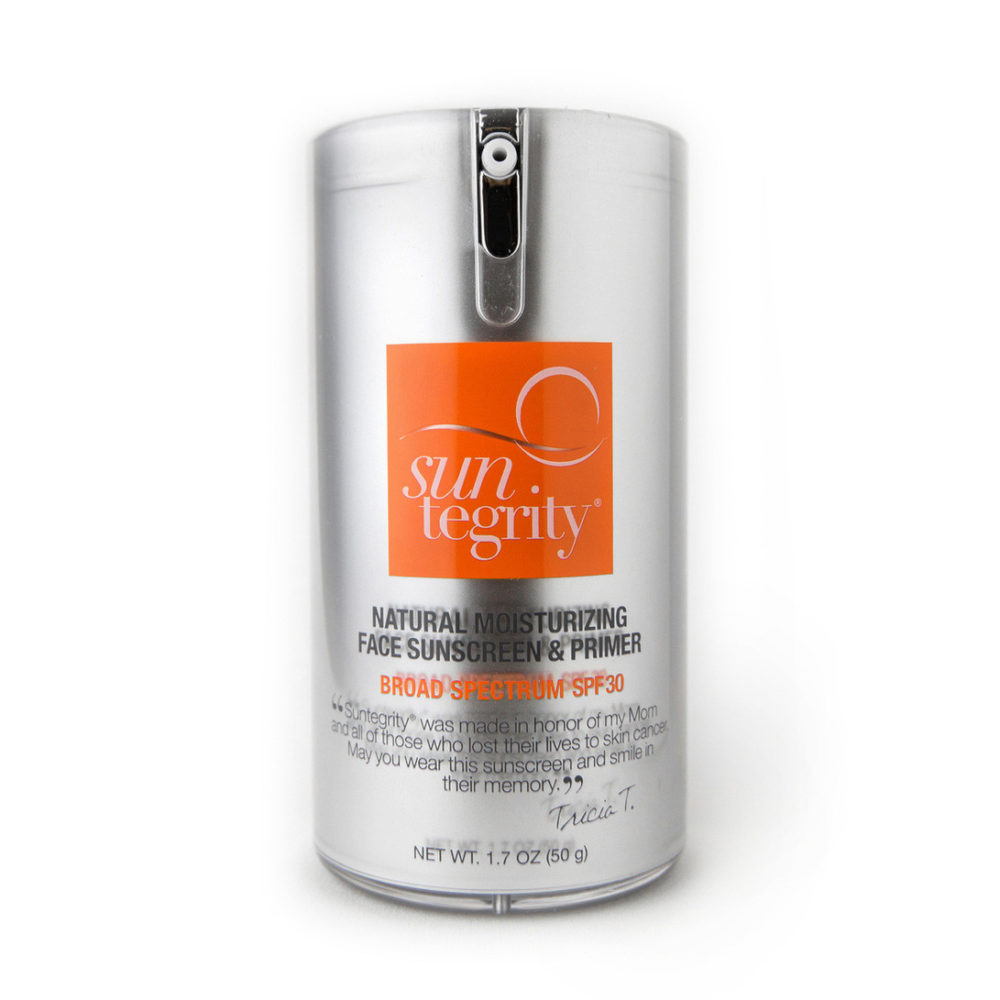
When IS Clinical discontinued my all time favorite sunscreen product I was pretty upset. Dealing with melasma issues, sunscreen is a huge part of my daily skin care routine and I’m very picky about which product I use.
After searching high and low, I discovered Suntegrity products and now I’m hooked. In fact, my melasma is doing better than ever.
Suntegrity uses only the physical sunscreen ingredient, Zinc Oxide, to provide protection which does more to prevent the recurrence of melasma than a chemical sunscreen. The Natural Moisturizing Face Sunscreen and Primer employees a full 20% Zinc Oxide to protect your skin, without using any parabens, sulfates, PABA, titanium dioxide, nano-particles or chemical UV absorbers. And of course it’s vegan and cruelty free (PETA & Leaping Bunny Certified).
The consistency is a bit thicker than a product that contains chemical sunscreen but it absorbs quickly without leaving any white residue (even my darkest clients are happy with it!) and the light citrus scent is a nice bonus.
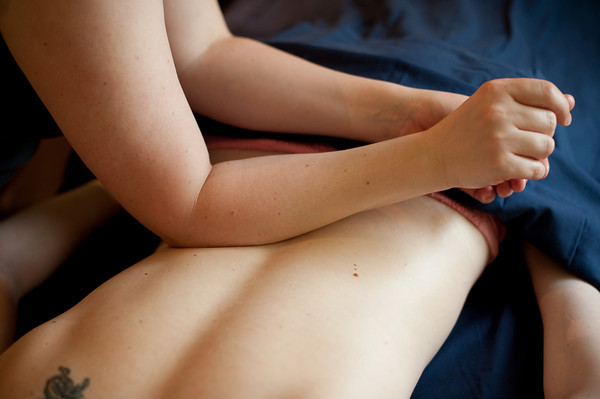
Getting your first professional massage can be daunting!
Tell your massage therapist if you’ve never had a professional massage so they can answer all your questions before the session begins.
Massage is generally booked by the length of the session. A one hour (or longer) session will allow time to cover the entire body whereas a shorter session (30 or 45 minutes) will only allow time to focus on a few specific areas.
Most spas will ask if you prefer a male or female massage therapist. This is the time to speak up, you will not hurt anyone’s feelings with your preference!
You make take off as much or as little clothing as you like, many clients keep their underwear on during the session. You will be fully covered with a sheet during the entire session and female clients will be offered a breast drape if work is done on the stomach area.
This is YOUR treatment! If something feels uncomfortable, speak up. Massage therapists are well trained to read body cues but they cannot read your mind! Feedback during the session is welcome and encouraged.
Common requests include more or less pressure, avoiding specific areas of the body like the face or the stomach, a cooler or warmer table or treatment room and louder or softer music in the treatment room.
You may talk to your therapist during the session but don’t feel obliged to keep up a conversation. This is your time and do what makes you comfortable.
The most important thing is to relax and enjoy your treatment!

I seem to have an abundance of first timers showing up at my studio this year!
Most everyone is curious about what happens during a facial, here are some pointers to help you get the most of your experience.
For your first treatment, book a basic facial. Glycolic peels and microdermabrasion are amazing but it’s best to get a professional opinion about what is best for your skin before scheduling a more aggressive treatment. Most estheticians (myself included) will offer a complimentary 15 minute consultation either over the phone or in person if you have questions.
Before your appointment, take note of the products you are currently using on your skin. If they contain active ingredients like alpha hydroxy acids, salicylic acid, glycolic acid, benzoyl peroxide or retinol make sure you let you esthetician know. If you are unsure, don’t hesitate to bring your products with you (or take a photo of the label).
Also, take a moment to think about what bothers you about your complexion. Do you suffer from acne breakouts? How frequently? Do you have dark spots or wrinkles you would like to minimize?
If you have an idea of what you would like to work on, your esthetician will be able to give you a tailored treatment and customize the appropriate treatment plan for you.
Be up front and honest about your time and budget constraints.
A basic, one hour facial will most likely include the following:
Cleansing: This step includes removal of makeup and cleansing the skin. Show up for your appointment wearing minimal makeup so time isn’t wasted removing it.
Exfoliation: Exfoliation can be done with a chemical like glycolic acid, an enzyme or a scrub and the goal is to prepare your skin for extractions.
Steam: Often steam is applied while the exfoliating mask in on the skin. Steam helps the pores to relax and hydrates the skin to make extractions easier.
Extractions: Most full length facials include extractions which is the removal of blackheads and whiteheads. This step is often skipped in shorter, “express” facials so if it’s important to you, don’t hesitate to ask.
Massage: Dry skin will benefit from facial massage but oilier skin types may react poorly. Your esthetician will determine what is right for your skin type.
Mask: A facial mask will help soothe the skin after extractions or hydrate dry skin. Often, the esthetician will massage the decollete and the hands while the mask is on. They also may leave the room for a few moments to get fresh water or any other supplies they may need.
The final step will be an application of lotion containing an SPF. Don’t hesitate to ask any questions you have either during or after the treatment. Estheticians are well trained to assess your skin but feedback from you is important.
Make sure you get the most out of your treatment!
Q: Should I replace my products all at once? Or integrate them slowly? Also, do I need to use the same brand for my entire skincare routine?
A: It depends on your skin and your skin care goals.
When our skin changes radically due to environment or hormones, more than one new product may be necessary and it is okay to incorporate more than one product into your new routine.
If you are adding a new product for increased anti-aging benefit, changing only one product at a time can give you a better idea of the results you are getting (or if your skin is reacting badly).
You do not need to use the same brand of skin care products for your entire routine and the only person that will tell you otherwise is an eager salesperson!

Hannah Sowd combines her varied work history and extensive education to provide effective skin care treatments and therapeutic body work. She embraces a holistic approach centered around lifestyle and preventative maintenance.
As a teenager Hannah suffered from hereditary acne, she received facials from an esthetician which piqued her interest in skin care. Her skin problems eventually led her to a dermatologist where she noticed a profound disconnect between the two professions.
The dermatologist didn’t approve of the esthetician’s treatments and vice versa but Hannah thought “I’m getting results from the combination of treatments, what would it be like if they were able to work together?”. Fast forward twenty years and, thankfully, that is becoming a reality
In 1998, Hannah learned a new treatment from Europe that was gaining popularity in the states; microdermabrasion. This marked a major turning point in the skin care industry and Hannah’s career. Microdermabrasion was one of the first effective, affordable treatment options for acne scars and wrinkles and helped bridge the gap between the spa and the
doctors office. Years later, it remains one of the most popular treatments in the industry as well as on the menu at Hannah Sowd Skin Care.
For eight years, Hannah ran the skin care department at the Spa at The Four Seasons Hotel in Beverly Hills. The fast paced environment centered around “awards show season” and catered to the Hollywood elite, providing cutting edge, effective yet relaxing treatments.
When Hannah decided to move home to Northern California, she took her career in a new direction and accepted a position practicing skin care in a plastic surgery office. The world of plastic surgery wasn’t the best fit so she moved on to build a part-time practice in a dermatology office in downtown San Francisco.
Always curious about owning her own business, Hannah started seeing clients at a shared studio space two days a week. After four years of working 6-7 days a week, her business was booming so she made the transition to a full time private practice in 2012.
Today, Hannah Sowd Skin Care operates 7 days a week and sells Hannah’s line of skin care products, sowd:therapy for skin. It is the embodiment of Hannah’s diverse experience and education, providing effective, relaxing, customized treatments and high quality skin care products.

Q: I have bumps on my forehead and no matter how much I exfoliate, they won’t go away. Help!
A: The forehead is part of the T-zone, a region of the face that produces more oil. This excess oil can get trapped under a layer of dry skin and produce bumps. These bumps may never form into pimples or blackheads but can be just as annoying!
Cleanse you face twice a day, in the morning and in the evening. Use a foaming cleanser with salicylic acid followed by a toner with glycolic acid.
Twice a week use a clay mask on the affected area to help to absorb the excess oil.
Have a professional cleansing facial that includes extractions every 4-6 weeks.
This routine will keep the skin exfoliated and diminish the appearance of the bumps.
Oily skin is a chronic condition that usually gets better with age but managing it requires consistency and patience.
Have a question? Email me at hannahsowd@hannahsowd.com

Q: What can a person on a budget do for better skin??
A: More expensive products generally contain a higher level of effective ingredients. In some cases, a potent $60 night cream will last you 3-4 months. A more diluted $30 version might last 6-8 weeks so the overall investment is similar. If you find a product that is out of your price range but you really love what it does for your skin, consider using it every other night (or day). While this isn’t ideal, you will still get most of the benefits of the active ingredients. On the opposite days, substitute with a less expensive, neutral moisturizer like Cereve.
Here are a few of my favorite products that can be found at the drugstore and paired with more active products for optimal results:
Cereve Cleanser: both the Hydrating and Foaming Cleanser are great and inexpensive. For a long time, Cetaphil was considered the best drugstore cleanser but I think Cereve makes a better product. Their formulas protect and enhance the skin barrier with ceramides. Cereve PM, provides a nice amount of hydration without clogging the pores.
Aveeno makes a quality line of light SPF lotions for day use. The Ultra-Calming Daily Moisturizer with SPF 30 is a favorite among my male clients.
Vitamin C is my favorite antioxidant ingredient and most people benefit from using it on their skin. Unfortunately, I have yet to find a good,
low cost alternative in this category.
Vitamin C requires advanced technology to stay stable in a lotion or serum, if the molecule isn’t stabilized, the vitamin C oxidizes when it is exposed to air. Vitamin C serum is one place where I recommend you splurge!
If you are in your 20’s make sure you are using an eye cream at least once a day, Neutrogena makes some nice ones. If you need a product that will correct some of the signs of aging, look for an eye cream with peptides that works on a deeper level. If puffiness is your issue, I’ve never found anything better than Yon-Ka Phyto Contour.
Find a routine that fits your time and budget and stick with it!! It’s better to use products you can afford on a daily basis than slack off when you run out of the fancy stuff and can’t afford to replace it.

Growing up, many of us were told not to eat greasy foods like French fries and pizza because they cause acne. Is there any truth to this theory?
Unless you have a specific allergy, a reasonable quantity of any food is not going to bring on a reaction in your skin.
That being said, a binge of junk food and alcohol that lasts a few days (or a long weekend!) can affect your skin, but when you resume your normal habits, your skin will regain balance.
Like all your organs, your skin thrives from a healthy diet. Good fats from avocado and nuts, antioxidants from berries and citrus, proteins from dark leafy greens, legumes and lean meats all support the health of your skin.
Adequate water intake, limited caffeine and sugar are an integral part as well. Recent studies show the negative affects of simple sugars on your skin, mostly in the way of free radical damage and inflammation. Limit your intake of processed foods and sugars for optimal health of your body and your skin!
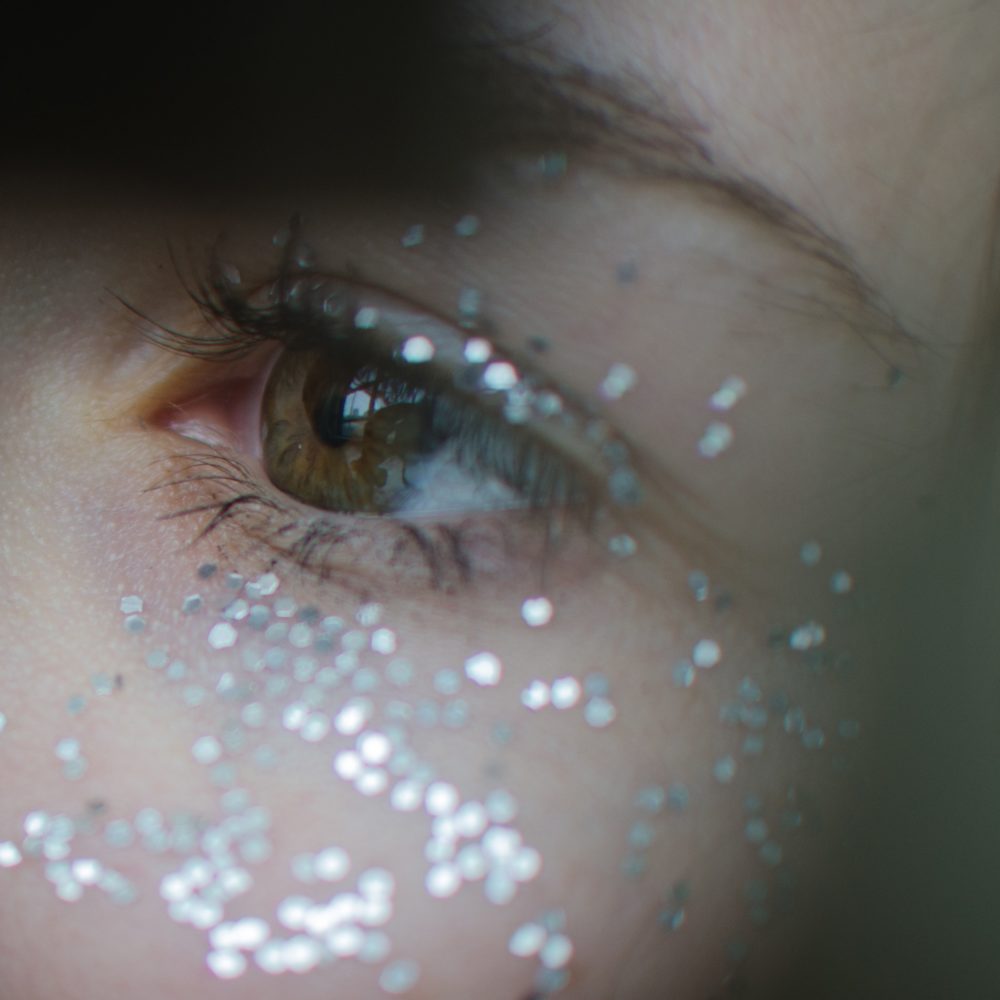
The past ten years have seen an increase in luxury items being added to skin care and spa treatments with the promise of a better complexion. Caviar cream, 24 carat gold body wraps and most recently, black diamond skin serum.
Many of these ingredients provide a temporary benefit. I’ve worked with a line of caviar products that do a wonderful job of plumping the skin before a major event, great for a “red carpet facial”. Likewise, diamond particles fill in fine lines and wrinkles as well as reflect light which gives the skin a youthful glow when the product is applied.
However, there are no long term studies that suggest these type of ingredients penetrate the outer layers of the skin or do much for the long term health of the skin.
If you have a special occasion or feel like indulging, go for it! If you’d like more bang for your buck, use proven ingredients like antioxidants, peptides and retinols.
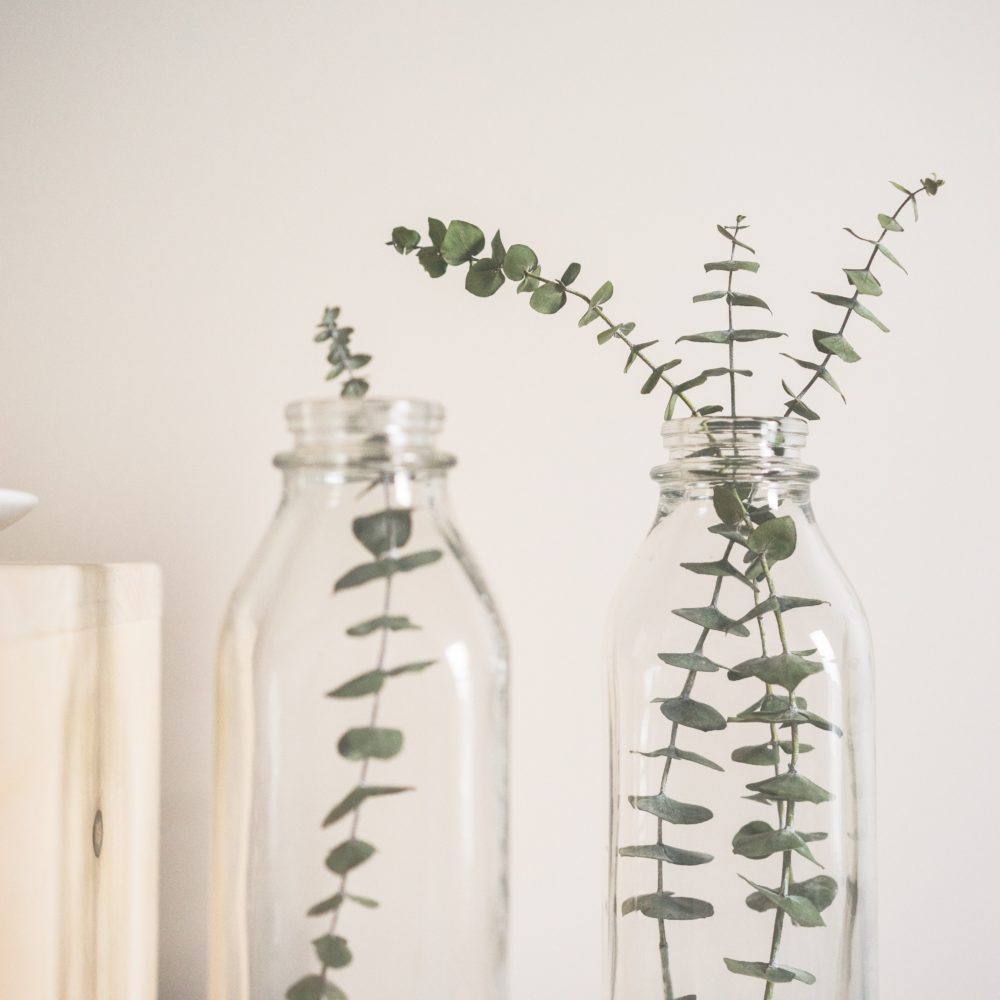
Yes!
“If you have eczema, your skin may not produce as much fats and oils as other people’s, and will be less able to retain water. The protective barrier is therefore not as good as it should be.”
Here is a great article on the “20 Best Oils for treating Eczema“.

A tan, whether you get it on the beach, in a tanning bed, or through incidental exposure, is caused by harmful UV radiation. If you have a tan, you’ve damaged your skin cells, there is no “healthy tan”.
The cumulative damage caused by UV radiation can lead to premature aging (wrinkles, lax skin, and brown spots), as well as skin cancer. Indoor tanners are 74 percent more likely to develop melanoma than those who have never used a tanning bed.
If you rely on sun exposure to increase your vitamin D levels, consider taking a vitamin D supplement instead. You will achieve the same results without the risk of skin cancer and premature aging.
If you are going on vacation or want a change of pace for summer, consider a spray tan. Many salons offer custom blended solutions applied by skilled technicians that mimic the appearance of a natural tan without the damage to the skin cells.
Make sure you are wearing an SPF with a high concentration of zinc oxide for the best protection on a daily basis.

Nothing! I think many organic products are lovely.
However, there are several reasons my products are not certified organic.
Skin care products can be divided into two categories: maintenance and corrective. Maintenance products help to maintain the current condition of your skin while corrective products correct issues like acne, melasma, and the effects of aging.
The majority of my work centers around corrective skin care. My clients want to improve, not just maintain, their skin.
Corrective products need to contain high performance ingredients to be effective. High performance ingredients are dose dependent so they must use chemically standardized plant extracts.
These ingredients do not meet the guidelines set forth by the FDA to be considered “organic” however, they are not “toxic” either.
Vitamin C is a perfect example. It is readily available in citrus fruit yet the potency of juice from an orange can vary greatly. Recreating a the l-ascorbic acid molecule in a lab allows the manufacturer to guarantee the effectiveness of the dose each and every time. This lab created molecule is identical to that found in nature while still being chemically standardized. The color, pH, odor, solid content, viscosity and levels of specific performance related chemicals are consistent. This assures you get results from your skin care products!
That being said, there are some toxic ingredients to look out for when choosing your skin care products. Parabens have been linked to certain types of cancer, sulfates can be drying and harsh to the surface of the skin. Many inexpensive, widely used preservatives contain formaldehyde.

When it comes to your anti aging strategy, are you proactive or reactive?
Proactive:
serving to prepare for, intervene in, or control an expected occurrence or situation, especially a negative or difficult one; anticipatory: proactive measures against crime.
Reactive:
1.tending to react.
2.pertaining to or characterized by reaction: a reverse movement or tendency; an action in a reverse direction or manner.
During my 17 years in the skin care business, I have seen my proactive or preventive maintenance inclined clients fare far better than those that react once problems begin.
The latest high tech ingredients are designed to prevent as well as correct but have a far better chance of working when intervention is premature.
Skin is made up mostly of collagen, the foundation that gives your skin its support and thickness. Collagen is protein made up long chains of amino acids strung together, when it is broken down, short segments of 3-5 amino acids form, called peptides. This is a natural part of the aging process.
Applying peptides directly to your skin is a way to trick your skin into thinking that it has lost collagen recently and needs to make more. The most popular peptide for cosmetic use is palmitoyl pentapeptide (Matrixyl).
The key to getting the best results from a peptide product is to begin using it before the damage is extreme. The long term results from using a peptide based cream at age 30 are going to be better than the results from the same product at age 40.
Proactive prevention is a key component in the anti aging process!

Tattoos are often considered permanent, it is possible to remove them, sometimes fully, but often there is a shadow of ink or a scar left behind. Tattoos gained popularity in the 90’s, tattoo removal gained popularity in the 00’s!
Early forms of tattoo removal included the injection or application of wine, lime, garlic or pigeon excrement. Tattoo removal by laser was performed with continuous-wave lasers initially, and later with Q-switch lasers, which became commercially available in the early 1990s. Today, “laser tattoo removal” usually refers to the non-invasive removal of tattoo pigments using Q-switched lasers.
Tattoo removal lasers break down the ink in the tattoo then the broken-down ink is absorbed by the body, mimicking the natural fading that time or sun exposure would create. A tattoo laser must be capable of emitting adequate energy within the given absorption spectrum of the pigment to provide an effective treatment. Certain tattoo pigments, like yellows and greens are more challenging to treat than darker blacks and blues, because they have absorption spectra that fall outside or on the edge of the emission spectra available in the tattoo removal laser.
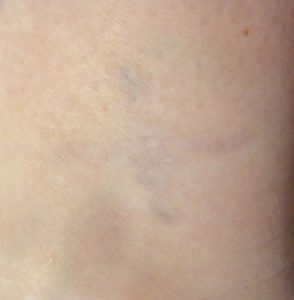
Tattoo removal sessions vary in intensity, largely depending on the practitioner and the laser device. Laser tattoo removal must be performed by a doctor, or in some states, a registered nurse. It is not uncommon to have some blistering and swelling at the treatment site after a laser treatment. This actually speeds the breakdown of the ink.
On average, it can take 12-15 treatments to completely remove a tattoo. Depending on the size of the tattoo, each session can cost $125-$300 and
even higher.
Tattoo “removal” is a very popular service, however, be aware it may not be as easy as it sounds!

Q: Do I need to use a toner?
A: First, I want to clarify the difference between an astringent and a toner. An astringent contains mild exfoliating ingredients and leaves the skin feeling tingly after its applied. A toner is mild, usually without alcohol, and designed to balance the PH level or soothe the skin. Excessively oily or acne prone skin can benefit from an astringent with active ingredients designed to remove oil and treat acne like salicylic acid.
Dry or combinations skin types can skip the toner. If your feel your face is still dirty after cleansing, wash it again. Just like shampoo directions: lather, rinse, repeat. We always cleanse the skin twice during professional treatments; the first cleanse removes dirt and makeup, the second cleanse cleans the skin. If you like the feeling a mist on your face or the smell of a particular toner (which can be lovely!) then by all means, use one! However, I don’t think they are necessary
for the health of your skin.
And more importantly, skipping the toner allows you more time to spend applying important products like eye cream!

Antioxidants are the trendy skin care ingredient right now. Here’s a simple breakdown to determine if they are something you should be adding to your routine.
Who?
Everyone. Especially those over the age of 30, smokers, and sun worshipers.
What?
Superfruits like Goji berries, Acai berries, coffee berries, white and greens teas and COQ10 are examples of ingredients that neutralize free radical damage. Damage from free radicals is the common denominator is most skin issues.
When?
Every day. Use an antioxidant product under your SPF to enhance it’s protective properties and at night under your moisturizer to repair cellular damage while you sleep.
Where?
On your face, neck and decollete.
Why?
To neutralize environmental damage from free radicals, reduce inflammation, calm acne, moisturize the skin and prevent wrinkles.

This post is from guest blogger Renee Iverson:
When your skin changes, you must change your skin care!
Just as every woman has a different coming of age story or perhaps a unique birthing tale, so it goes with every woman’s journey through menopause. One thing is common among almost all women – they experience changes in the skin.
The hormonal shifts experienced during menopause can wreak havoc on the skin. Where skin was once plump and dewy, often becomes sunken and lackluster. Acne once again rears its ugly head and wrinkles, crinkles and spots seem to appear over night.
In my personal experience, bone dry skin, increased facial hair and deep cystic acne eruptions have become my constant foes. What I have learned in my journey from your average American Mom to Hot Flash Mama is that when your skin changes, you must change your skin care! Soothing your hot skin and hot body is a must to bring relief and quickly heal hormonal breakouts.
Any time your body is having a hot flash, the inflammation cascade is kicked into high gear. One of my favorite soothing products is Soothing Gel Mask. This mask brings comforting moisture and repair-support to any skin type in minutes with an instantly cooling high potency blend of hydrating Panthenol, calming Allantoin and ultra-soothing Sea Whip.
To gently exfoliate, clear up cystic acne and cool at the same time try Purifying Comfort Mask. This gel mask purifies skin’s surface, dissolves dead cells, cools heat and redness and encourages skin to repair itself. It contains a form of Chinese licorice that interrupts the biochemical cascade that leads to redness and other discomfort. This gel also decreases lipase, an enzyme that increases inflammation and irritation in the skin.
Many women experience increased facial hair during menopause. One thing I find, is that most women with unwanted hair are master pluckers! Acne is often the result of plucked hair because it inflames the dermal tissue around the hair follicle causing it to close down and create a pimple. Again the Soothing Gel Mask and the Purifying Comfort Mask are must-have products to soothe the area around the follicle. Pore Purifying Astringent is a wonderful product for cleaning the skin before and after you pluck. Follow that with either of the masks and you will rarely get pimples.
Exfoliating menopausal skin is a must, but many of the methods used in the past can be too harsh and cause unwanted inflammation – the number one cause of aging in the skin. If you find that your skin is not happy with your current routine, it is time for a change! Perhaps you should try Radiance Boost Exfoliating Toner for any skin type needing light exfoliation. This mild exfoliating freshener can be used once or twice daily to brighten, revive radiance and minimize pores.
There are so many variables that go into creating healthy vibrant skin. It is so important to be educated about what is happening with your skin so you can make informed choices about its care. A facial with a licensed aesthetician and skin care expert – someone who knows skin care ingredient chemistry and skin physiology is an essential step on your journey to beautiful skin for the rest of your life!
Renee Iverson is the resident Aesthetician at Mountain Sun in Kirkland, WA. She is all about focusing on techniques to improve the look, feel and function of the skin with an emphasis on long-term healing and rejuvenation modalities. She has earned continuing education credits from UCLA Extension studying ingredient chemistry, skin physiology, and advanced skin care ingredients for specific skin conditions. You can follow her on Twitter.